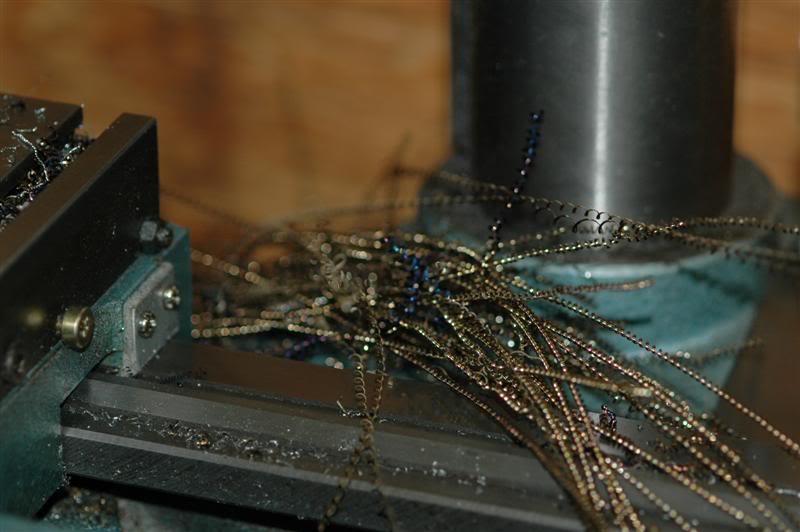CNC machining (computer numerical control machining) is the full-form of computer numerical control (CNC), which is also known as computer-aided machining. In one embodiment, a fabric-coating removal system is provided that employs monitoring and utility equipment to remove fabric coatings from a marketing component known as a blank or workpiece that stimulates the production of a custom-designed section, as well as other related technologies, is disclosed.
A CNC appliance is a strategy appliance that is capable of performing the tasks of a CNC appliance and is used in conjunction with another strategy appliance to refer to that strategy appliance. Among the materials that can be processed using this method are plastics, wood, glass, and foam, to name a few examples.
When comparing reduction manufacturing procedures to additive manufacturing procedures, purities such as CNC machining services are produced, which is typically illustrated in contrast to how 3D printing displaces disposable substances into the intended forms.
During the manufacturing process, subtractive procedures, which involve removing fabric coatings from a workpiece, are used to create bespoke patterns and compositions. Additionally, additive protocols typically assemble panes of substances to generate the desired configurations and supplant commodity substances into the patterns desired by the operator, a process known as assemblage, which is a term used to describe this process.

Because CNC machines are, at their core, fully automated, they are capable of producing substances that are highly adaptable to changing environmental conditions, which is particularly advantageous. There are also reasonable fractions in it, which helps to lower the cost of expense creation while also allowing for more effective maintenance to be accomplished at the same time.
A variety of CNC machining businesses can be divided into a number of classifications.
Operations such as drilling, milling, and turning are performed on a variety of different materials.
1. Placing a plug into a socket is referred to as insertion.
The use of multipoint drill bits to create gaps in workpieces is a common feature of this industrial approach, and it is common practice. A rotating drill is fed through the workpiece by the CNC drilling machine in a direction parallel to its plane of operation, producing vertically stacked dimensions equal to the diameter of the drill bit that was used during the drilling process.
A type of milling that can be performed is called a milling operation.
In order to remove contaminants from a product, milling is a process that involves cutting the product with multiple points on a multipoint cutter in order to remove contaminants. Scavenging occurs on the surface of the substrate during the machining process in a direction parallel to the chopping tool’s cycle in order to remove material from the surface.
Making a U-turn is ranked third on the list of things to do.
In this procedure, only single-purpose appliances are used to remove fabrics from rotating workpieces, and the results are both aesthetically pleasing and efficient. A CNC lathe is a piece of equipment that is used to remove contaminants from the surrounding area of rotating substances by running it along the coating of the rotating substances in question.
In a wide range of applications, CNC (Computer Numerical Control) technology is used. Natural substances are removed from a workpiece by means of a computer-controlled (CNC) machine in today’s technological world. Numerical constraints are programmed into the device in order to provide the device with a pedagogy of what it is required to do.
CNC software technology, such as computer-aided layout, is used by inventors and operators to digitally formulate aspects of the manufacturing process. CNC software technology, such as computer-aided layout, is used by inventors and operators to digitally formulate aspects of the manufacturing process. Equipment paths are established by codes that govern computer-aided manufacturing (CAM) appliances, which were originally developed for computer-aided manufacturing (CAM). This makes it easier to race against the clock before they begin performing their tasks.
Specifically, what are the advantages of computer numerically controlled manufacturing in the manufacturing industry?
Automation allows factories to complete tasks with the least amount of human intervention while maintaining a high degree of redundancy and flexibility, thereby improving the accuracy, integrity, productivity, and cost-efficiency parameters of their products as a result of the use of automated technology.
Businesses are responding to this development by developing a variety of ideas such as robotics, artificial intelligence, and the internet of things, all of which are intended to reduce the need for human labor.

